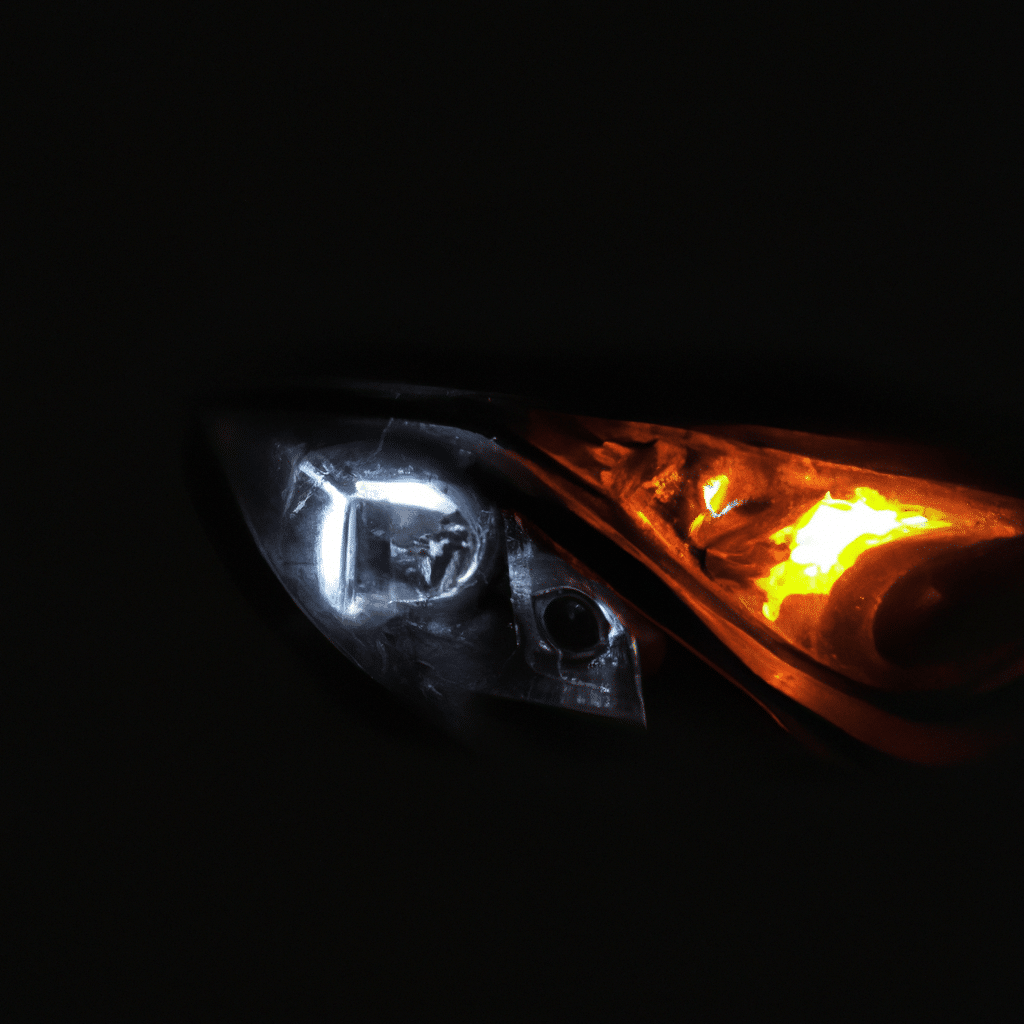When it comes to driving at night, having the best LED headlights for your car can make a world of difference. These advanced lighting solutions not only provide enhanced visibility but also offer a modern and stylish look to your vehicle. However, with so many options available in the market, it can be challenging to choose the right LED headlights that meet your requirements. In this comprehensive guide, we will walk you through expert tips and considerations to help you select the best LED headlights for your car.
Understanding LED Headlights
LED stands for Light Emitting Diode, which is a semiconductor device that emits light when an electric current passes through it. LED headlights have gained immense popularity in recent years due to their numerous advantages over traditional halogen or HID (High-Intensity Discharge) headlights.
Advantages of LED Headlights
- Improved Visibility: LED headlights produce a bright and focused beam, which significantly improves visibility on the road, especially during nighttime driving.
- Energy Efficiency: LED headlights consume less power compared to halogen or HID headlights, resulting in improved fuel efficiency.
- Longer Lifespan: LED headlights have a longer lifespan compared to traditional headlights, reducing the need for frequent replacements.
- Quick Illumination: Unlike halogen headlights, LED headlights reach full brightness instantly, providing immediate visibility upon activation.
- Durability: LED headlights are more resistant to shocks, vibrations, and extreme temperatures, making them highly durable for long-term use.
Factors to Consider When Choosing LED Headlights
1. Brightness and Beam Pattern
One of the most crucial factors to consider when selecting LED headlights is the brightness and beam pattern. The brightness is typically measured in lumens, and a higher lumen count indicates a brighter light output. Additionally, pay attention to the beam pattern, which should provide a focused and evenly distributed light to avoid blinding other drivers.
2. Color Temperature
The color temperature of LED headlights is measured in Kelvin (K) and determines the appearance of the light emitted. While personal preference plays a role, it’s generally recommended to opt for LED headlights with a color temperature ranging from 5000K to 6000K, as this provides a cool white light that closely resembles natural daylight.
3. Compatibility and Fitment
Before purchasing LED headlights, ensure that they are compatible with your car’s make and model. Different vehicles may require specific bulb types or sizes, so it’s essential to check the compatibility information provided by the manufacturer. Additionally, consider the ease of installation and whether any modifications are necessary for a proper fitment.
4. Quality and Brand Reputation
Investing in high-quality LED headlights from reputable brands is crucial to ensure optimal performance and longevity. Look for brands that have a proven track record in the automotive lighting industry and positive customer reviews. Cheaper, generic options may not offer the same level of brightness, durability, or reliability.
5. Certification and Compliance
LED headlights that meet industry standards and have proper certification ensure safety and compliance with road regulations. Look for certifications such as DOT (Department of Transportation) or ECE (Economic Commission for Europe), which demonstrate that the headlights undergo rigorous testing for performance, durability, and beam pattern.
6. Warranty and Customer Support
A warranty is an important aspect to consider when purchasing LED headlights. It provides assurance that the manufacturer stands behind their product and will provide support in case of any defects or issues. Additionally, check if the brand offers responsive customer support to address any queries or concerns you may have.
Installation and Maintenance Tips
1. Professional Installation
While some LED headlights may offer a plug-and-play installation, it’s recommended to have them installed by a professional. They have the experience and expertise to ensure proper alignment and avoid any electrical or compatibility issues.
2. Regular Inspection and Cleaning
To maintain optimal performance, regularly inspect your LED headlights for any signs of damage or condensation buildup. Clean them using a microfiber cloth and avoid using abrasive materials that may scratch the lens.
3. Adjusting Headlight Aim
After installing LED headlights, it’s essential to adjust the headlight aim to prevent blinding oncoming drivers. Improperly aimed headlights can pose a safety hazard, so consult your car’s manual or seek professional assistance to ensure correct alignment.
Conclusion
Selecting the best LED headlights for your car is a decision that should not be taken lightly. Prioritize factors such as brightness, beam pattern, compatibility, quality, and warranty to make an informed choice. By following the expert tips and considerations outlined in this guide, you can confidently navigate through the vast array of options and ensure a safer and more enjoyable driving experience. Upgrade your car’s headlights with the best LED technology available and see the road ahead like never before.



